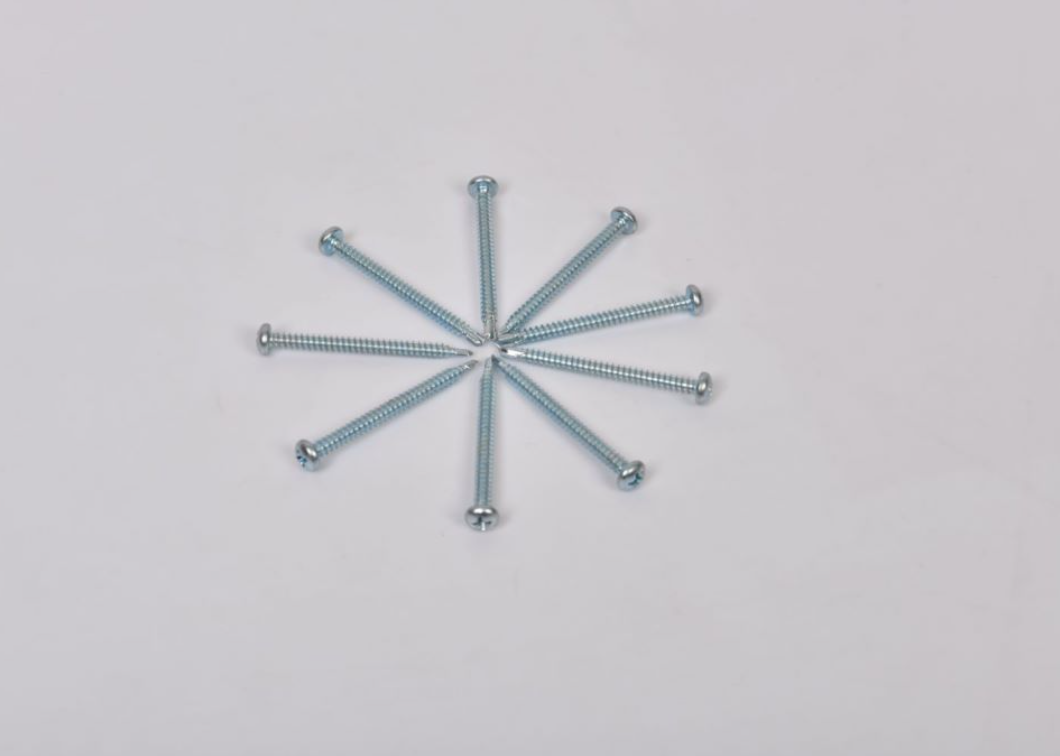high quality screw placement for drywall
High-Quality Screw Placement for Drywall A Comprehensive Guide
When it comes to drywall installation, achieving a high-quality finish often hinges on one critical element screw placement. Properly securing drywall sheets not only ensures structural integrity but also plays a significant role in achieving a smooth surface that is free from imperfections. This guide delves into the best practices for screw placement, ensuring you achieve professional results in your drywall projects.
Understanding the Basics of Drywall Installation
Before diving into screw placement, it’s essential to understand the components of drywall installation. Drywall, or gypsum board, is typically used for constructing interior walls and ceilings. It comes in large sheets that are attached to wall studs or ceiling joists. The goal is to create a flat surface that can be easily finished with paint or wallpaper.
Tools and Materials You’ll Need
To ensure effective screw placement, you will need some essential tools and materials
1. Drywall Screws These screws are specifically designed for attaching drywall to wooden or metal studs. 2. Screw Gun A screw gun or cordless drill with a drywall bit facilitates faster installation and depth control. 3. Tape Measure For precise measurements of panel placement. 4. Level To ensure your panels are straight and true. 5. Drywall Knife For cutting the panels as needed.
Best Practices for Screw Placement
1. Stud Location Before attaching your drywall, locate the studs accurately. Typically, studs are spaced either 16 or 24 inches apart. Use a stud finder or knock on the wall to identify their location.
high quality screw placement for drywall

2. Screw Spacing For optimal hold, screws should be placed approximately 12 inches apart along the edges of the drywall and about 16 inches apart in the field (the center area of the panel). This spacing helps prevent sagging and ensures the drywall remains firmly attached to the studs.
3. Depth of Screw Placement When driving screws, it's crucial to set them just below the surface of the drywall without breaking the paper. A screw that is too deep can create bumps, leading to an uneven surface when finished. The screw heads should slightly indent the paper but not penetrate too deeply.
4. Screw Type Use coarse-thread screws for wood studs and fine-thread screws for metal studs. Coarse-thread screws provide better grip in wood, whereas fine-thread screws are designed for the lighter gauge of metal.
5. Avoiding Overdriving Maintain control while driving screws to prevent overdriving, which can damage the drywall. Consider using a depth-sensitive attachment for your screw gun to ensure consistent placement.
6. Edge and Field Considerations When securing the edges of the drywall sheets, ensure that screws are placed no closer than 3/8 inch from the edge to avoid fracturing the drywall. In the field, maintain a consistent distance to provide adequate support across the surface.
Final Touches
Once all drywall panels are secured, inspect your work for any noticeable imperfections. After confirming that all screws are properly placed and adjusted, proceed with finishing the drywall. This typically involves applying joint tape and compound, followed by sanding to create a smooth surface. Proper joint finishing can make a significant difference in the overall appearance, ensuring the walls are ready for painting or other finishes.
Conclusion
High-quality screw placement is crucial for any successful drywall installation. By following these best practices, you can ensure that your drywall is not only securely attached but also primed for a flawless finish. With careful attention to detail and the right techniques, achieving professional-quality results in your next drywall project is well within reach.
-
Top Choices for Plasterboard FixingNewsDec.26,2024
-
The Versatility of Specialty WashersNewsDec.26,2024
-
Secure Your ProjectsNewsDec.26,2024
-
Essential Screws for Chipboard Flooring ProjectsNewsDec.26,2024
-
Choosing the Right Drywall ScrewsNewsDec.26,2024
-
Black Phosphate Screws for Superior PerformanceNewsDec.26,2024
-
The Versatile Choice of Nylon Flat Washers for Your NeedsNewsDec.18,2024










